We all know that flowers are beautiful and appealing to the eye. They have been used for years to pass on messages of congratulations, love, and condolences. Here is the list of awesome flowers that start with H
Aside from this, flowers have many benefits. They can increase creativity and productivity, they can increase energy levels and lower fatigue, and they can also clean the air.
There are around 369,000 species of flowers in the world, and it is always good to have some knowledge of them so you can choose which ones to scatter around your home or office space.
However, 369,000 is an overwhelming number, so we’re going to give you some information on flowers that start with the letter H.
1. Heather (Erica Cinerea)
Heathers are commonly found in Western Europe and a few areas of North America and Siberia. They are usually lavender, white, pink, magenta, purple, and red. However, you can also find them in shades of copper, gold, silvery gray, and green.
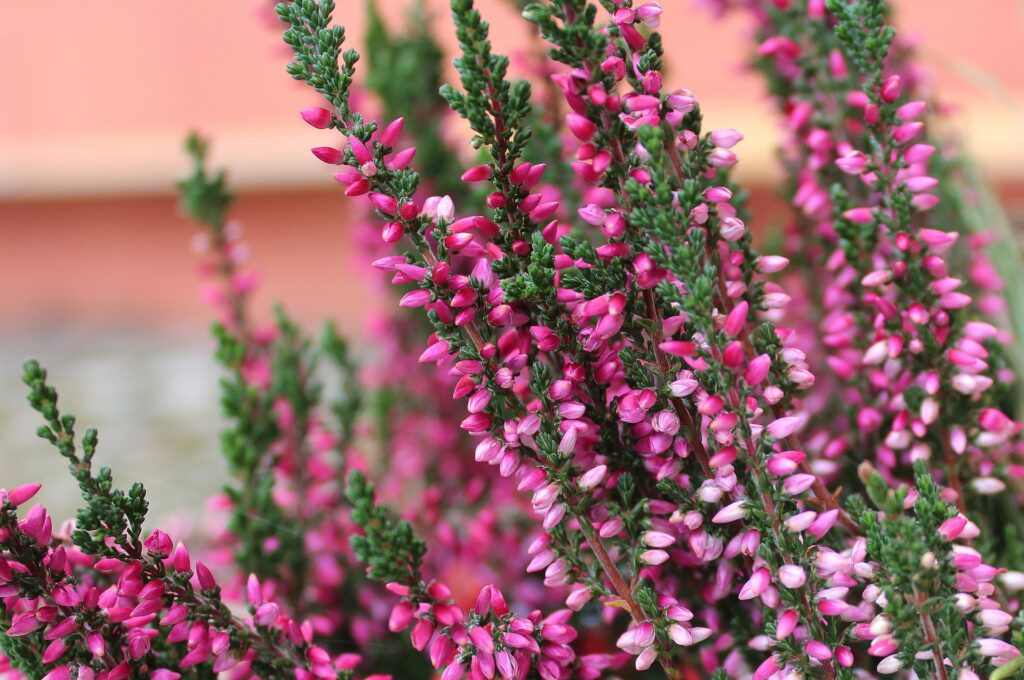
Originating in Scotland, Heather is one of the most prolific plants there. They have a wide reproductive capacity and their seeds are produced in big numbers.
2. Hebe (Veronica Speciosa)
This flower is native to New Zealand. They are neat and require minimal attention when growing. Are known to be quite a good-looking plant, as when they flower, they contain little spires of white, blue, pink, or purple flowers.
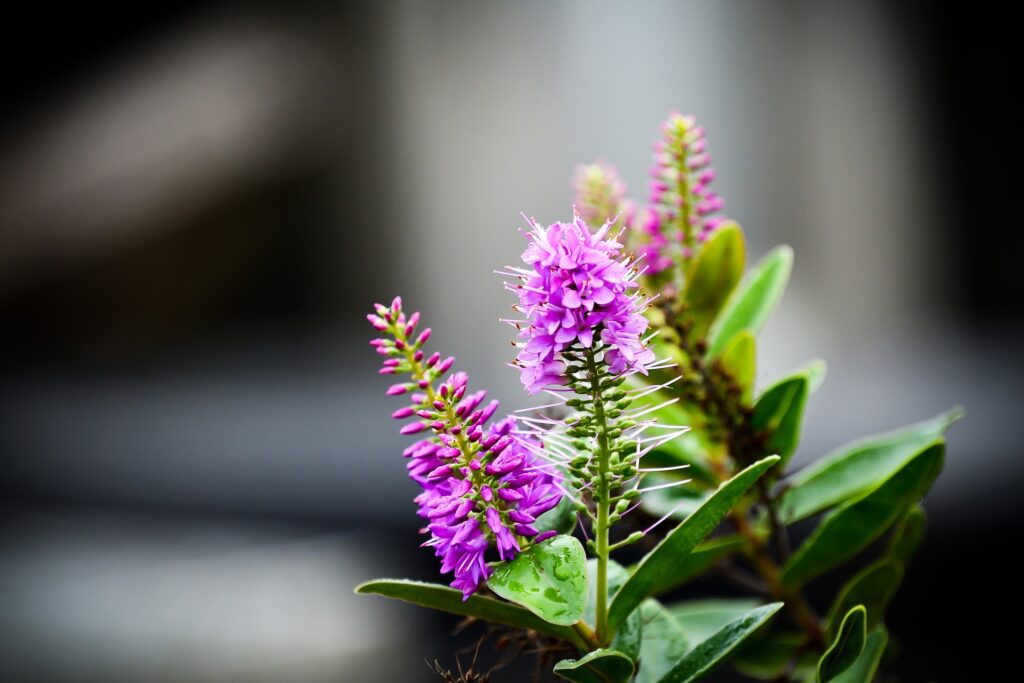
They are known to produce these lovely flowers from late in the winter or early spring, all the way through to autumn. If you’d like to grow these yourself but you live somewhere with a cold climate, you don’t have to worry as they are frost tolerant!
3. Helenium (Sneezeweed)
You may be wondering why this plant is also known as ‘sneezeweed’. It is said that this is because its dried leaves were used for making snuff, which was inhaled to cause sneezing that would then rid the body of evil spirits. Despite this, they are not allergy-inducing!
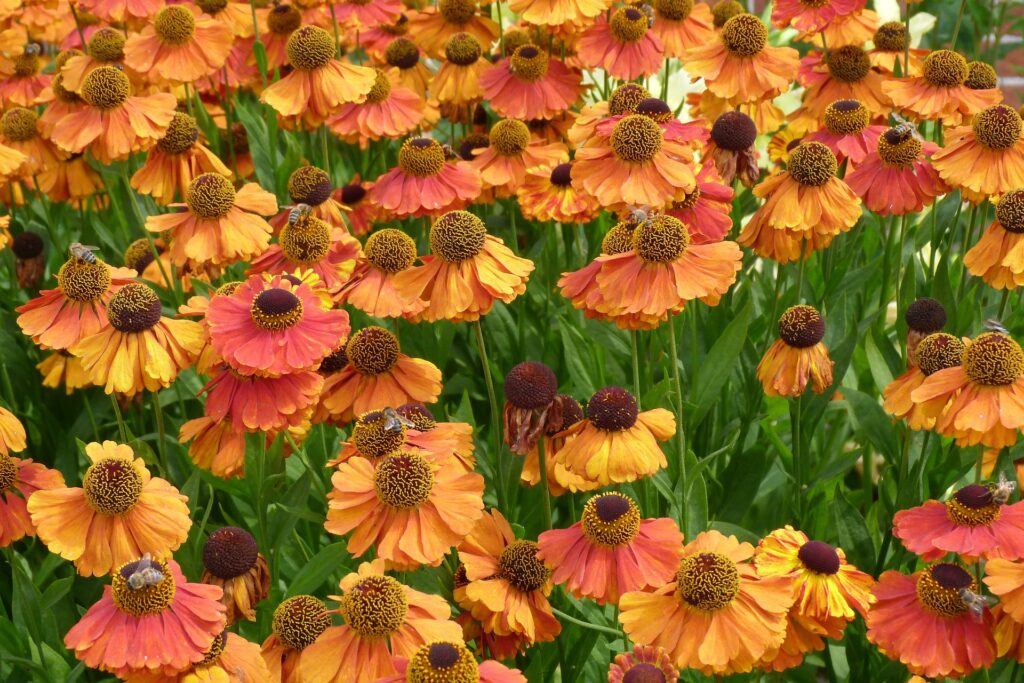
Aside from that old tale, they are daisy-like in appearance and their flowers carry warm autumnal colors such as golden yellow, red, copper, and rusty orange.
They are native to North America and are a great plant to grow as they are disease resistant, pest resistant, and tend to be avoided by rabbits and deers. They attract beneficial insects to your gardens such as butterflies and bees.
4. Hibiscus
Hibiscus plants are known for their beautifully large and colorful flowers. These colors are usually yellow, white, red, or peach-colored.
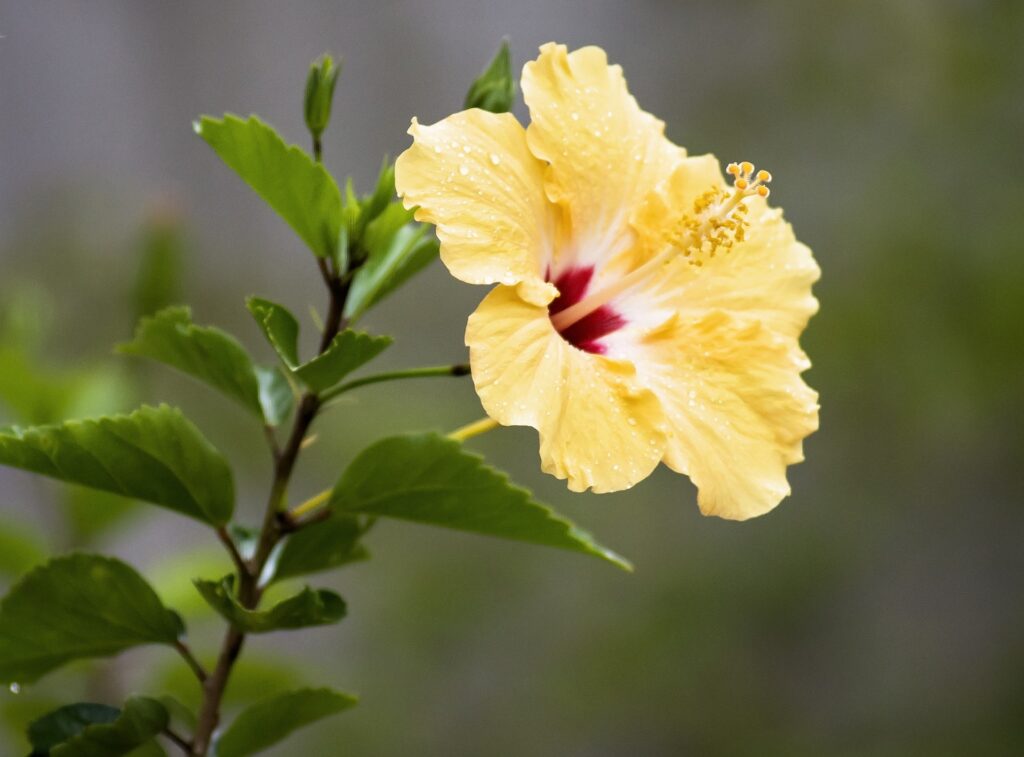
Not only will they add some beauty to your home or garden, but they also have an array of medicinal benefits. This plant’s flowers can be used in teas and can treat conditions such as high blood pressure, bacterial infections, or fever.
This plant has an interesting history. It was used as a tea by Egyptians to treat heart and nerve diseases, and lower body temperature. In Iran, it is still used as a common remedy for high blood pressure.
Nowadays you can purchase hibiscus extract and tea in various health stores as a dietary supplement.
The exact origins of this plant are unknown, but researchers believe that it is likely to originate from India.
5. Honeysuckle
Honeysuckle plants have trumpet-like flowers that are usually yellow-orange. They also grow red berries that turn ripe in the autumn but it is important to note that they are poisonous. They usually grow in woodlands and lie between trees and shrubs.

Like their name, they carry a sweet scent that attracts species nearby. It used to be believed that if this plant was growing by the entrance of a home, it would deter bad spirits and bring luck.
6. Honesty
Native to the Balkans and southwest Asia, this plant has a beautiful appearance both when in blossom and when not. When blossomed they have a head of 4-petaled flowers that are vibrant and deep purple to white.
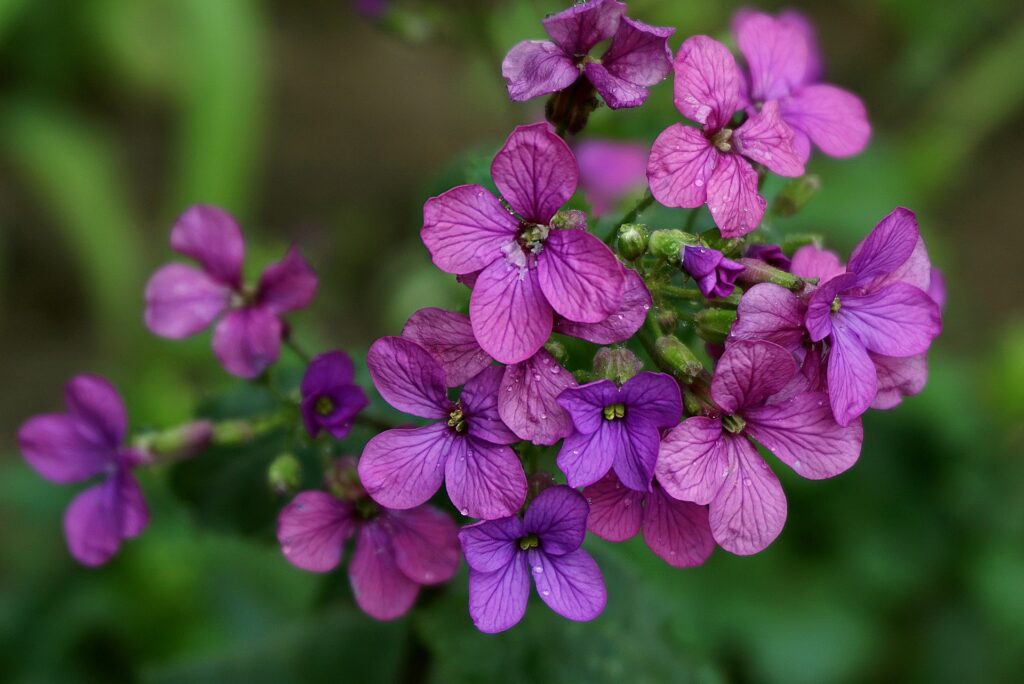
Once midsummer comes along, they are then replaced with round seed pods, resembling a silver coin! This is where their other names come from such as the silver dollar, and money plant.
They are low-maintenance growers, requiring full sun or partial shade. They prefer moist, rich, and well-drained soils.
7. Hollyhock
You’ll most likely see this classic beauty located around cottages and picket fences. Originally grown in China, they range from around 3 to 8 feet tall and are seriously eye-catching when they are in full bloom.
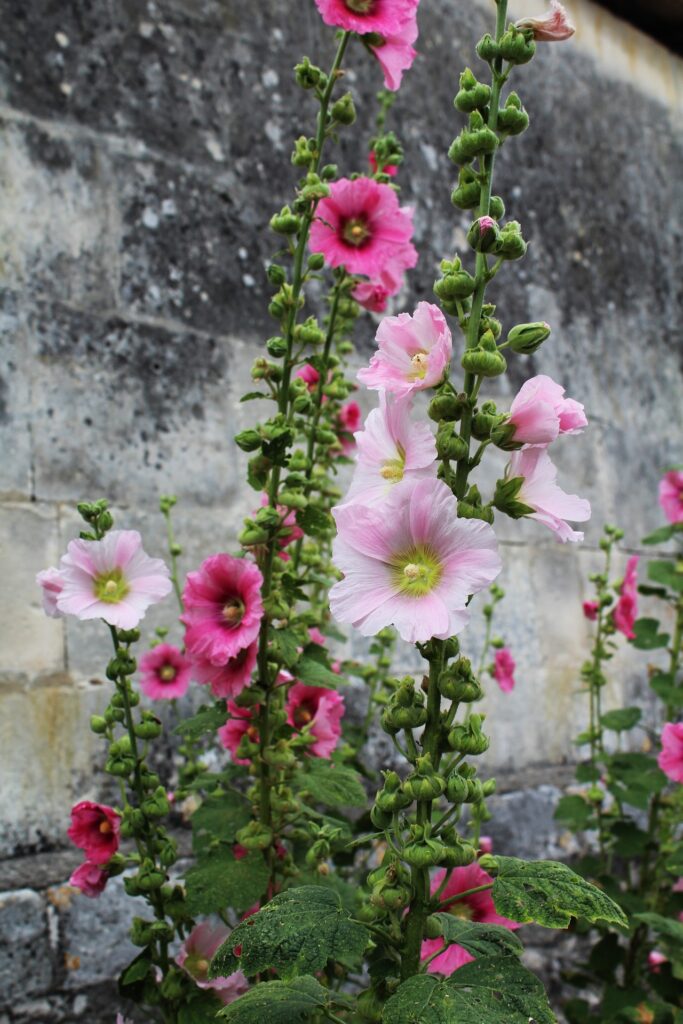
This plant’s stalks contain buds from the bottom of the base to the top, and when they are fully grown, the blooms will begin at the bottom and make their way to the top.
However, it takes quite a bit of effort to look that good, so you are unlikely to see any blooms until your second year of growing these. This is because these plants use their first year to grow foliage and store nutrients in preparation for the bloom the following year.
This takes patience, but it will be worth it once you see those vibrant rainbow-colored flowers.
If you are growing them, it is best to have them leaning against something as they’ll need the support as they grow taller.
8. Hellebore
Hellebores are also known by the name ‘lenten rose’. This is because of their rose-like flowers that will usually appear during early spring.
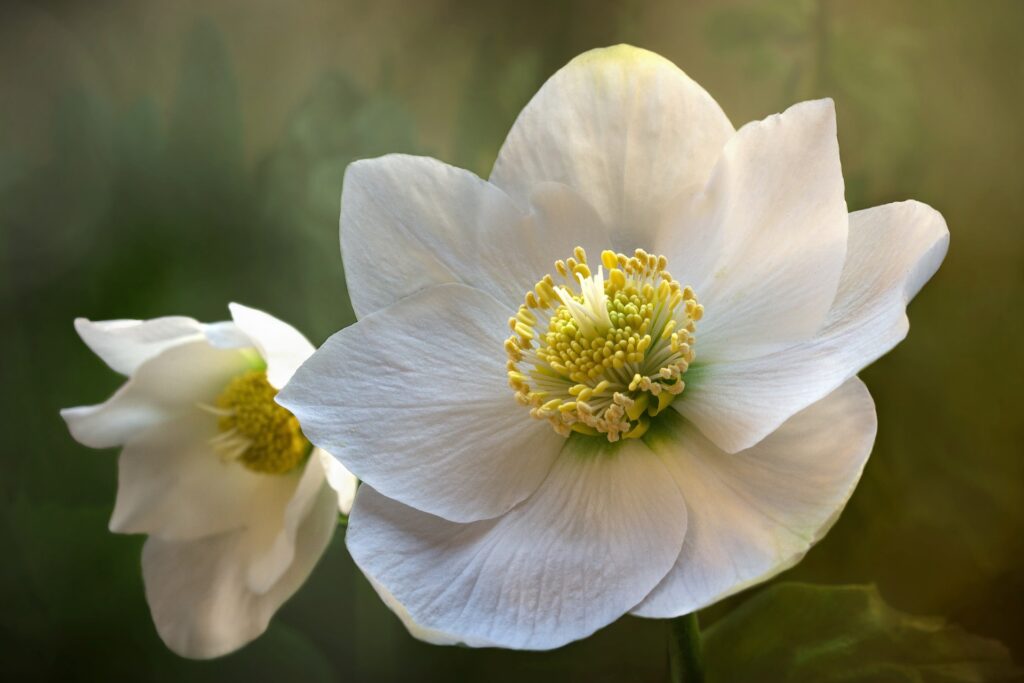
Their origins are in Europe and Asia and tend to be purple, pink in color, and look lovely in any garden. It is popular to plant them on hillsides or raised flower beds as their blooms usually face downwards.
They require quite a bit of water during the spring and fall as this is when they are growing. Once summer approaches, you can reduce their water intake as the heat makes them dormant.
One downside is that hellebores do contain toxins and these can harm pets, so if you have pets it’s best to avoid this flower.
9. Hydrangea
Another stunning flower is the Hydrangea which is native to Asia and the Americas. In the spring and summer, these plants develop round spheres of flowers that cover the entire shrub.
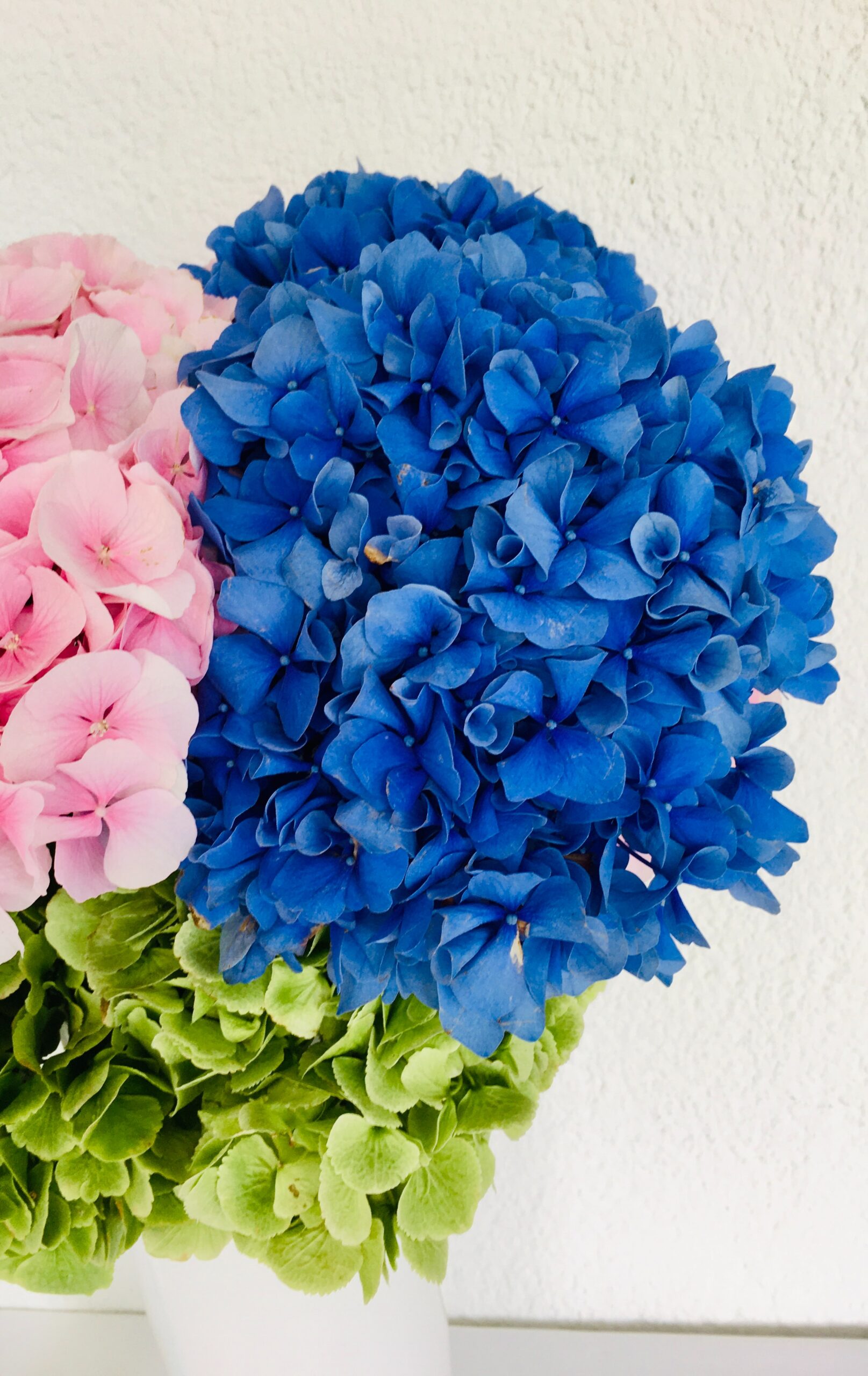
Despite its high-maintenance appearance, this plant is not difficult to grow. The best time to plant them in either the fall season or early spring. They need time to establish their roots and once this is done it’s all uphill from there!
These beauties like the morning sun, but don’t do well in the afternoon heat, so finding a spot that has some nice morning glow, but shade in the afternoon is best.
As they are in the growing period, they’ll need an inch of water a week, with a deep watering 3 times a week.
10. Hyacinth
This Mediterranean plant that is also native to tropical Africa is attractive and easy to grow. Their flowers have a bulb-like appearance and they tend to blossom in the spring. Their flowers can develop into a range of different colors such as purple, pink, white, or mauve.
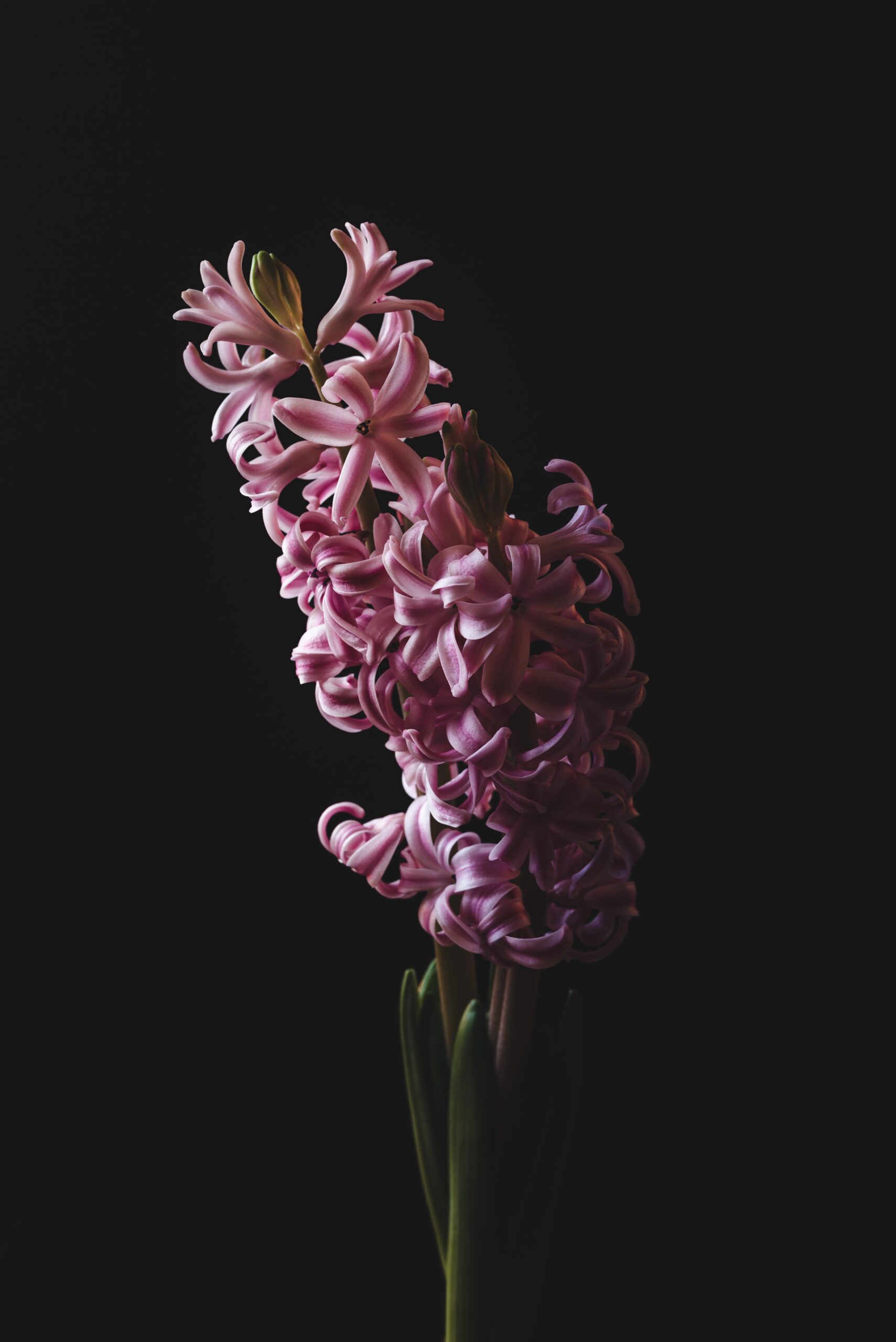
They prefer to be grown in moist and well-drained soil in the sunshine, between September and November.
What is interesting about these plants is they can also be grown in glass vases without any soil. Simply fill a vase with water just below where the bulb’s base is.
Ensure the water is not touching the bulb but is just below it. Then leave it in a cool dark place (below 50 degrees F) for around 6 weeks. Once the full root is formed move the glass jar to a fully lit area and the flower will develop.
11. Hypericum
Native to Europe and Asia, the beautiful hypericum flowers carry a vibrant yellow color, which makes them stand out against their dark green foliage. They bloom from May to autumn and are fast-growing and will survive anywhere except very wet soils.
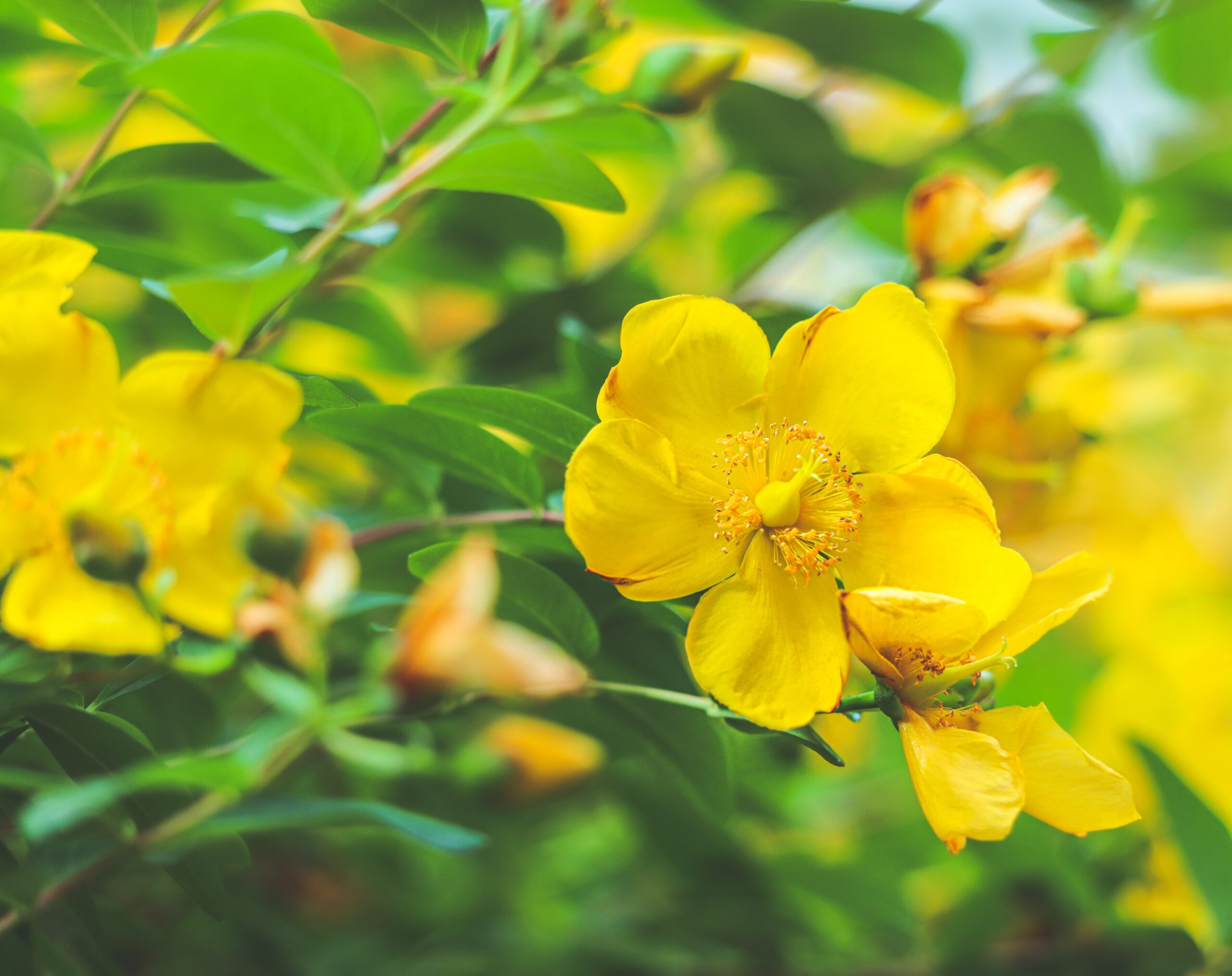
They are also known at St John’s wort, and they require minimal care for growing.
Interestingly, they have been used in traditional medicine to help with depression. The flowers are dried and made into tea or used for capsules or pressed and used in liquids and oils.
12. Hosta
The Hosta plant is sturdy and can withstand most weather conditions. When in bloom they produce a very pleasant fragrance.

The origins of this plant are China, Japan, and Korea and there are many varieties of it with different kinds of flowers. The most common color on flowers on hostas is light purple. Other varieties include pink, blue, and red flowers.
Most of them resemble the shape of a trumpet, but some can be quite small and others relatively large.
The hostas with different colors have different names. For example, Aphrodite is the name given to hostas with white flowers. These flowers are large and they grow to 24 inches tall.
Final Thoughts
The list of flowers beginning with the letter H is extensive, but this article has covered an array of them. If there’s one thing they all have in common it is how attractive they all are.
If you are looking to add some life to your garden or sprinkle some color into your home space, then why not try growing some of these flowers yourself!
We hope you learned something from this article, here are other articles that you can learn from:
4 Magnificent Flowers That Start With Y (Including Pictures)







